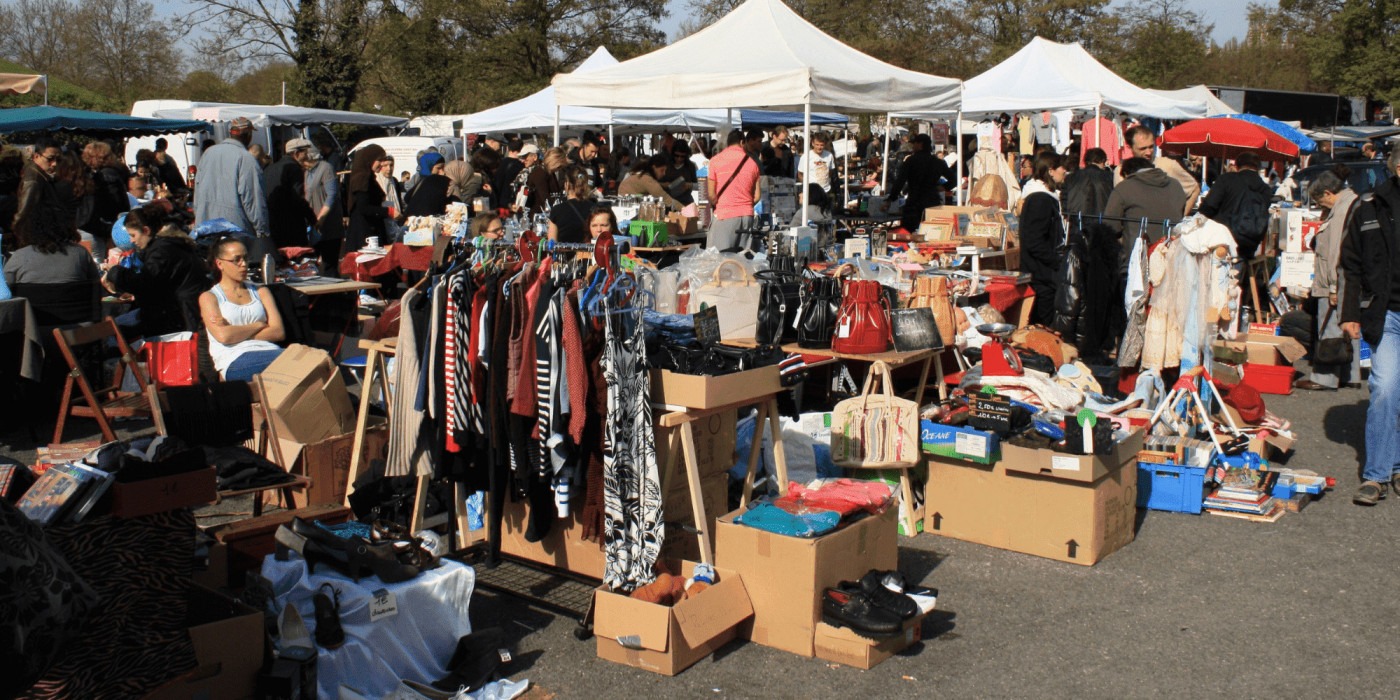Underconsumption core: the next best trend?
In this day and age, it’s easy to get swept up in the latest trends spreading across the internet, whether it’s a miraculous new mascara or the next brilliant bikini. As a result, shopping addictions have become a serious problem, and overconsumption is now standard practice. If you can relate, then let me introduce you to 2024’s latest trend: underconsumption core. If you’ve been particularly responsible this summer and avoided a social media addiction, let me fill you in. Underconsumption core encourages consumers to be more thoughtful with what they buy and get plenty of use from purchases that make the cut. Rather than buying the most hyped products on the day of release, consumers should consider buying second-hand instead or avoid needless buying full stop.
When I first heard about underconsumption core, I thought it must be some sort of joke. TikTokers online discussing how they still use their two-year-old water bottle seemed like standard practice to me (as someone who still uses their seven-year-old one daily). Especially when influencers discuss wearing jeans a year after purchase as if it’s some sort of achievement. I was stunned to realise how short the life cycle was of many products people buy. However, once I had got over the initial shock of this trend, I welcomed it with open arms. The importance of underconsumption is evident, particularly considering the climate crisis at hand. Second-hand purchasing and avoiding discarding possessions needlessly are more important than ever right now.
The average amount of material consumption by a European is 20 tonnes
Now, I’m all for a trend which promotes climate-friendly behaviour, and I think it’s a positive sign to see people taking second-hand purchasing seriously. Google searches of ‘underconsumption core’ have skyrocketed to 1150% in the last month. However, my main concern with this trend lies in the fact that it is just that: a trend. Just as Kylie Jenner lip kits were all the craze back in 2015, and skinny jeans plagued the fashion industry in the 2010s, it would seem that underconsumption core is nothing more than a fleeting movement. The unpredictability of trends in today’s online climate makes no promises for underconsumption core’s lasting popularity.
So, as the underconsumption core trend gains popularity, to me it begs the question, should underconsumption really be a ‘trend’? The average amount of material consumption by a European is 20 tonnes, which, if you ask me, is deeply concerning. Climate enthusiasts may be questioning why underconsumption has only just now gained traction. For years, environmentalists have warned of the impact of overconsumption on the environment, and how recycling items such as clothes and food can be hugely beneficial for the planet. As a result, first-hand purchasing too many items can be really harmful to the planet, so this trend will have them sighing with relief.
For many people out there, underconsumption is not simply a trend, but a necessity of life
In addition, many influencers are now beginning to make underconsumption some sort of competition, seeing who can ditch the most possessions. This behaviour, however, isn’t loyal to the vital message of underconsumption core, which should be to avoid not only purchasing unnecessary things but also avoid getting rid of things for the sake of it.
On the flip side, for many people out there, underconsumption is not simply a trend, but a necessity of life. Purchasing the next biggest bodysuit or pair of jeans is frankly not an option for a large majority of the population. Therefore, influencers online suddenly enthralled with the importance of making use of every material possession could be a breath of fresh air for many people, and a sign that overconsumption is on the decline.
It should be noted that, overall, underconsumption core certainly is a positive movement. Getting out of the habit of purchasing unnecessary things and truly using what you already possess is not only beneficial for the bank account but also for the climate. Let’s just hope that this form of climate conscientiousness is a trend that lasts a lifetime.

Comments